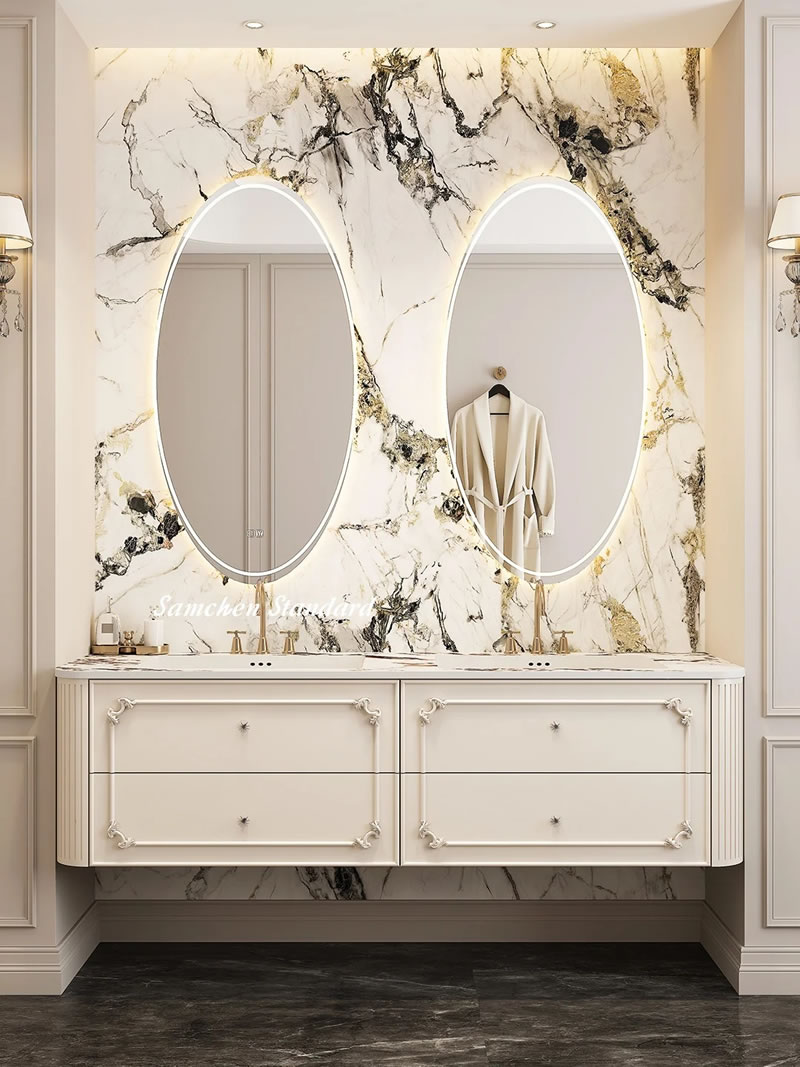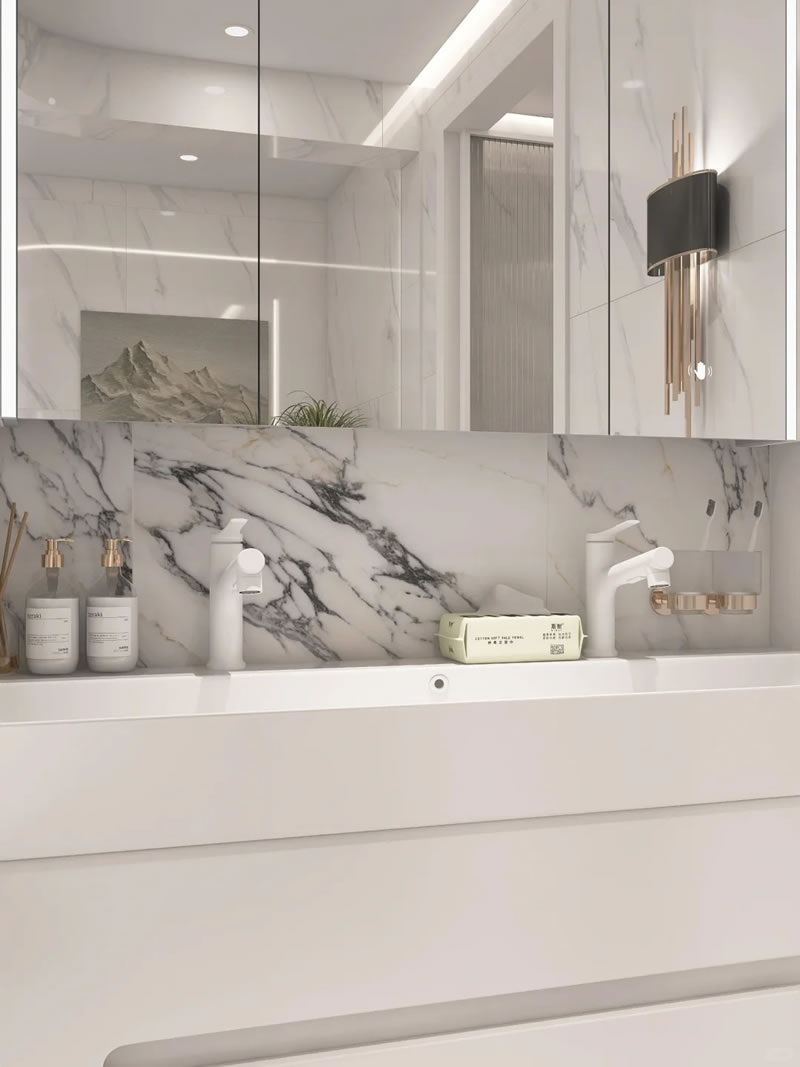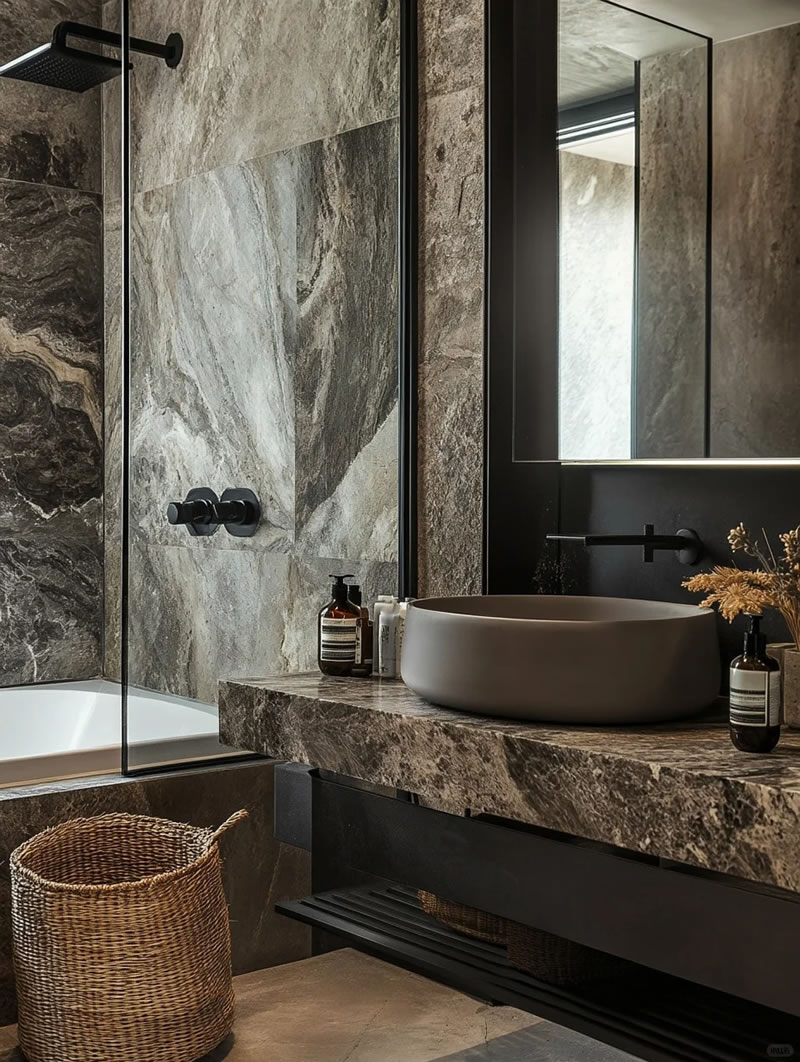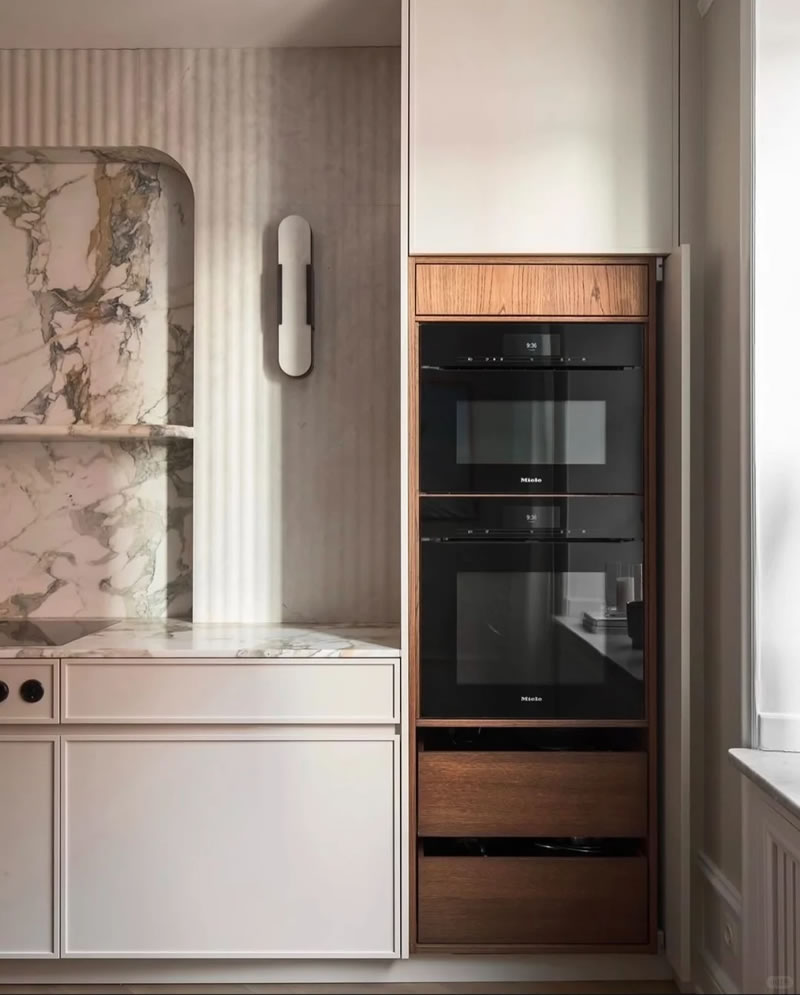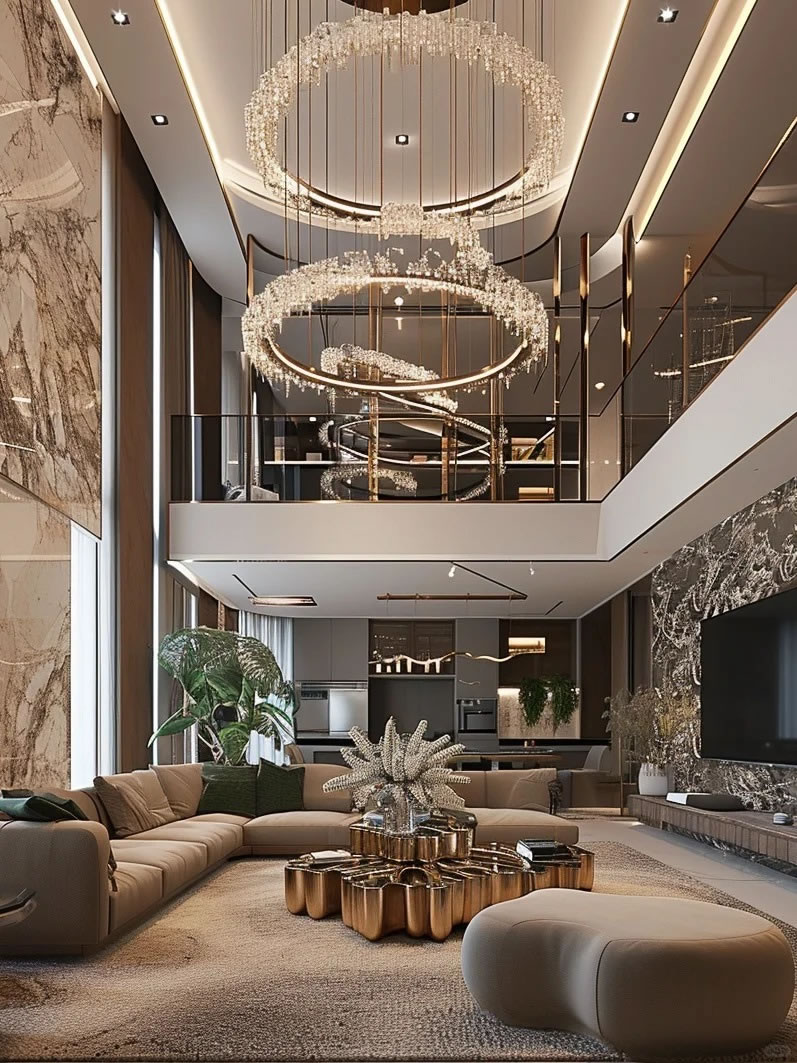How to Choose Stone for Home Walls
When it comes to enhancing the aesthetic appeal and functionality of your home, selecting the right stone for your walls is a decision that can significantly impact the overall look and feel of your living space. With a vast array of stone types, colors, textures, and finishes available, the process might seem overwhelming. Here are some essential factors to consider to help you make an informed choice for your home walls.
Style and Design Theme
First and foremost, align the stone selection with the overall style and design theme of your home. Whether your interior design leans towards modern, rustic, traditional, or contemporary, there’s a stone type that can complement it perfectly. For a modern, minimalist look, sleek and smooth - finished stones like polished granite or limestone with subtle veining can create a clean and sophisticated ambiance. In contrast, if you aim for a rustic or farmhouse style, rough - textured stones such as stacked stone or river rock can add warmth, character, and a touch of the outdoors.
Marble, known for its elegance and luxurious appearance, works wonders in formal or upscale settings. Its unique veining patterns make each piece a work of art, adding a sense of exclusivity to the room. Travertine, with its earthy tones and natural pitted texture, is a great choice for creating a cozy and inviting Mediterranean or Tuscan - inspired atmosphere. Consider how the stone’s color, pattern, and texture will interact with your existing furniture, fixtures, and decor to ensure a harmonious and cohesive look.
Material Characteristics
Understanding the characteristics of different stone materials is crucial. Stone varies in terms of hardness, density, porosity, and durability. Granite is extremely hard and durable, resistant to scratches, stains, and heat, making it an excellent option for high - traffic areas like living rooms or entryways. Limestone, while beautiful, is relatively softer and more porous. It may be more prone to scratching and staining, so it’s advisable to use it in low - traffic areas or apply proper sealing to protect it.
Slate is another popular choice, prized for its natural split surface and excellent slip - resistance. It’s suitable for both indoor and outdoor walls, adding a rugged and natural charm. Sandstone, with its soft, sandy texture and warm hues, can bring a touch of the desert or beach into your home. However, it requires regular maintenance to prevent erosion and discoloration. Assess the specific needs of each room and the level of wear and tear the wall will endure to choose a stone that can withstand the demands of your lifestyle.
Size and Format
The size and format of the stone tiles or slabs can greatly influence the visual impact of your walls. Large - format tiles or slabs create a seamless and modern look, reducing the number of grout lines and making the space appear more expansive. They are ideal for larger rooms or walls where you want to emphasize a sense of openness. Smaller tiles, on the other hand, offer more design flexibility. You can use them to create intricate patterns, borders, or mosaics, adding detail and visual interest to the wall.
Consider the shape of the stone as well. Besides the traditional square and rectangular shapes, you can find stones in hexagonal, octagonal, or even irregular shapes. These unique shapes can add a distinctive and artistic element to your wall design, making it a focal point of the room. Additionally, think about how the size and format of the stone will relate to the scale of the room. In a small room, overly large stones might overwhelm the space, while in a large room, small stones could get lost.
Maintenance and Care
Maintenance is an important aspect to factor in when choosing stone for your home walls. Some stones, like granite and slate, require minimal maintenance once properly sealed. A simple regular wipe - down with a mild, pH - neutral cleaner is usually sufficient to keep them looking their best. Others, such as marble and limestone, are more sensitive to acidic substances and may require more frequent sealing and careful cleaning to prevent staining and etching.
If you prefer a low - maintenance option, opt for stones with lower porosity and higher resistance to stains and scratches. Be aware of the cleaning products you use, as harsh chemicals can damage the stone’s surface. Also, consider the accessibility of the wall for cleaning and maintenance. Walls in hard - to - reach areas may require more durable and easy - to - clean stones.
Budget
Finally, establish a clear budget for your stone wall project. The cost of stone can vary widely depending on factors such as the type of stone, its origin, quality, size, and finish. Imported or rare stone varieties tend to be more expensive, while domestic and more common stones are generally more budget - friendly. Keep in mind that in addition to the cost of the stone itself, you also need to factor in expenses for installation, sealing, and any additional treatments.
Explore different suppliers and compare prices to find the best deal without compromising on quality. Sometimes, you can find similar - looking stones at a more affordable price by choosing a different grade or a local alternative. Strike a balance between your desired aesthetic and your budget to ensure that your stone - wall project is both beautiful and cost - effective.
By carefully considering these aspects - style, material characteristics, size, maintenance, and budget - you can select the perfect stone for your home walls, transforming them into stunning features that enhance the beauty and value of your living space.
